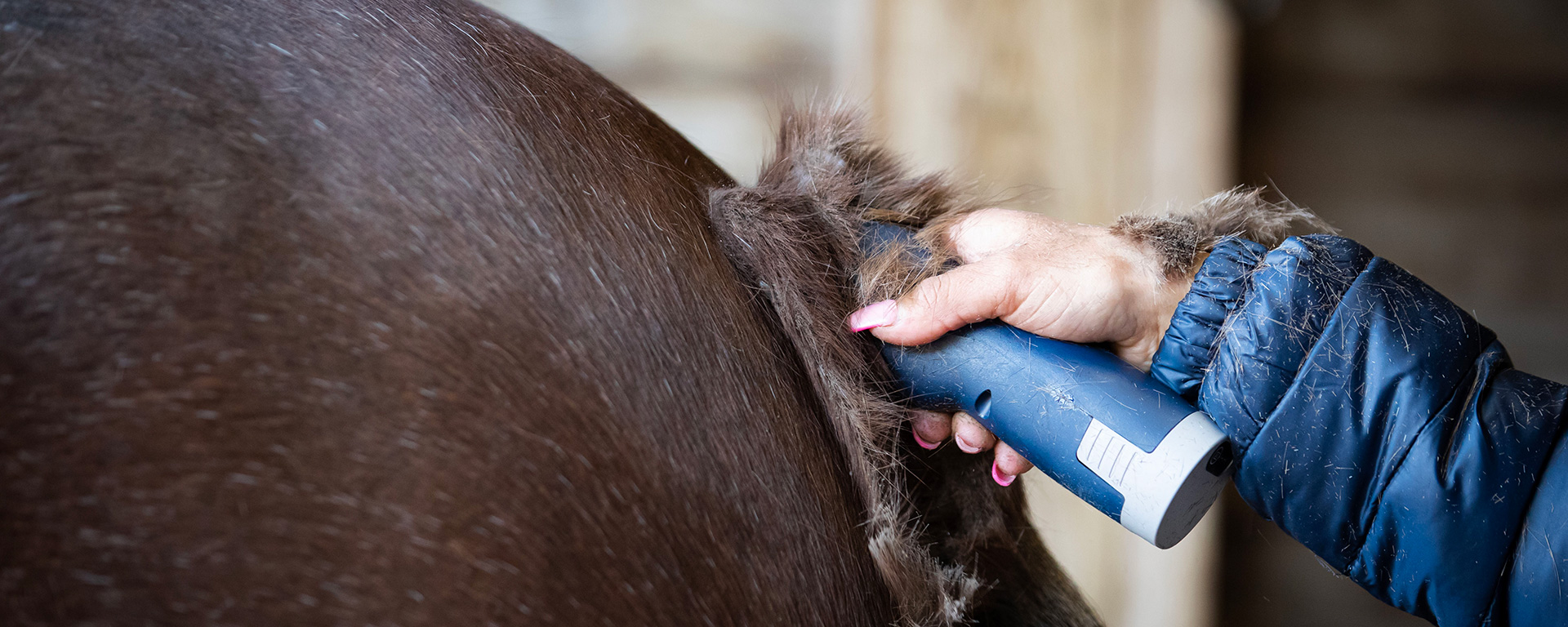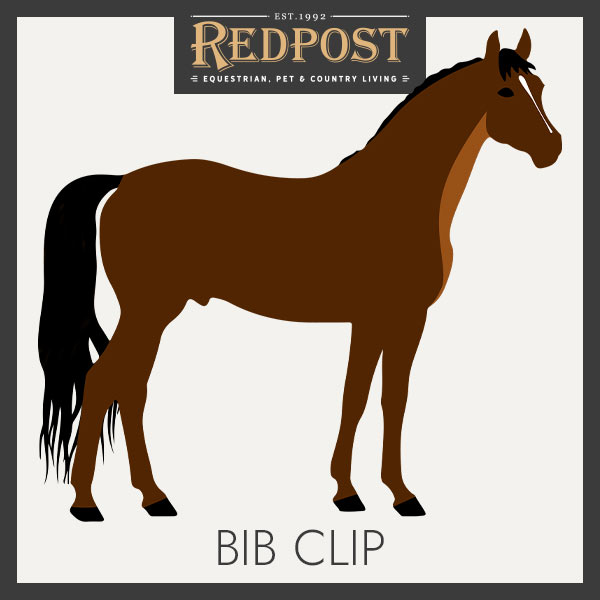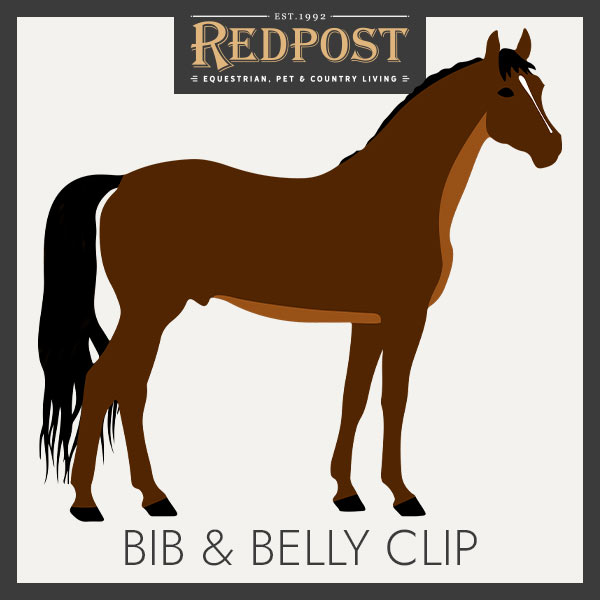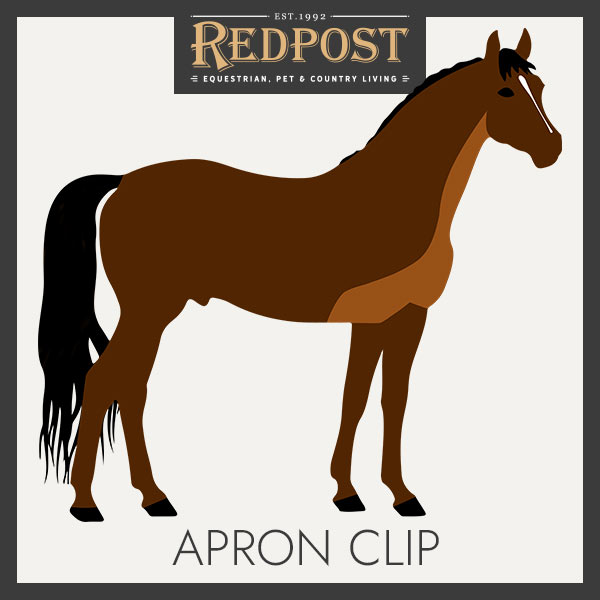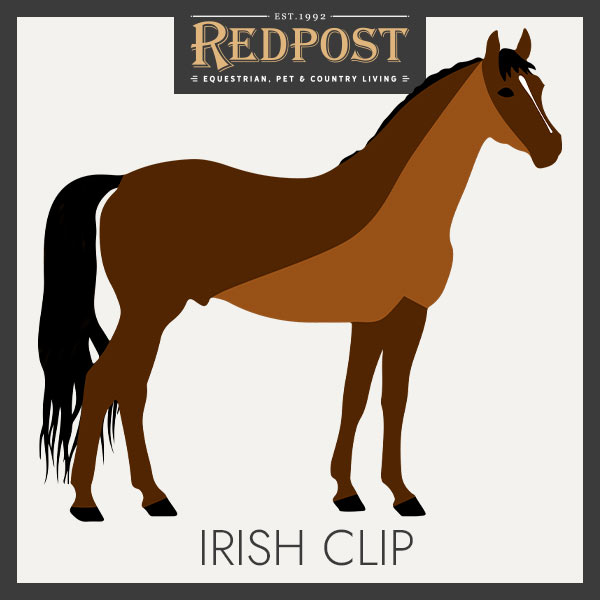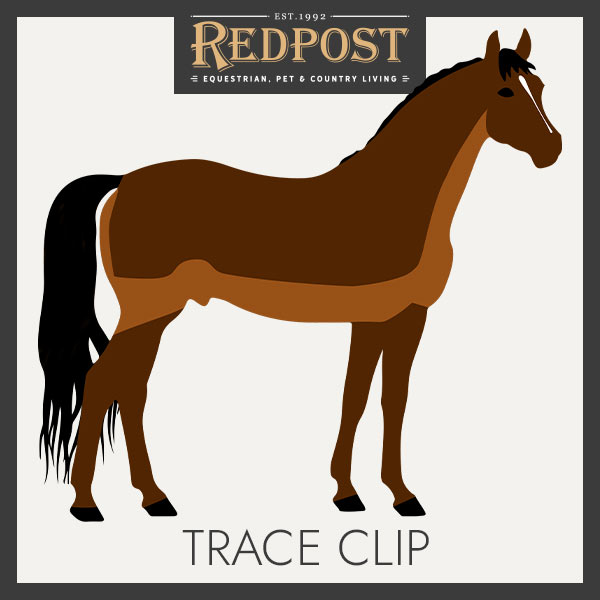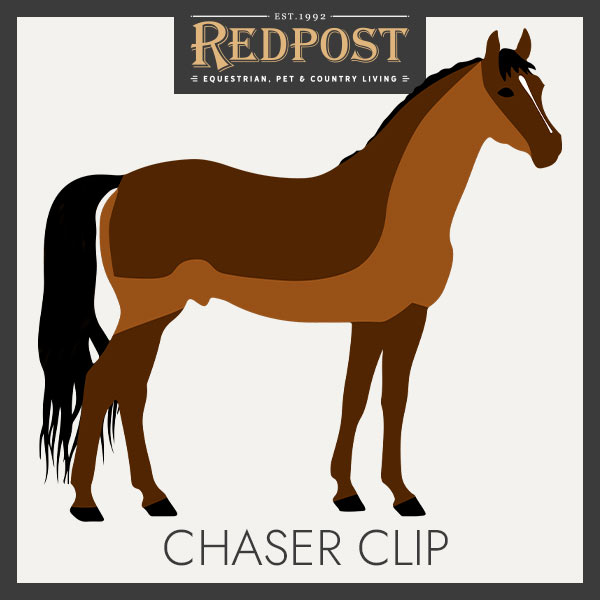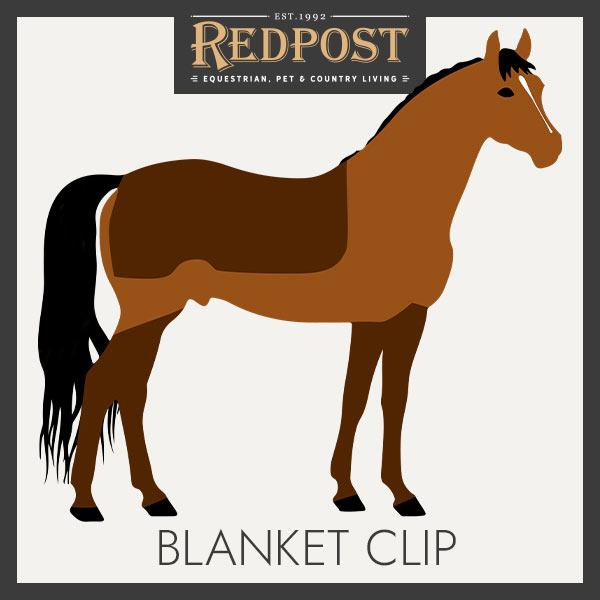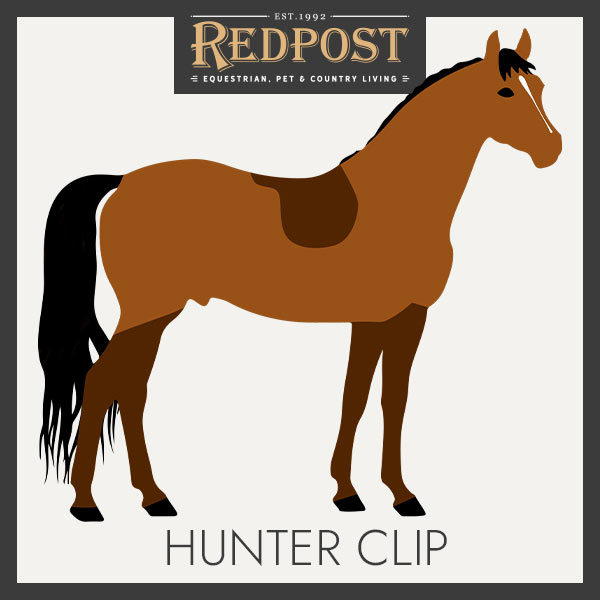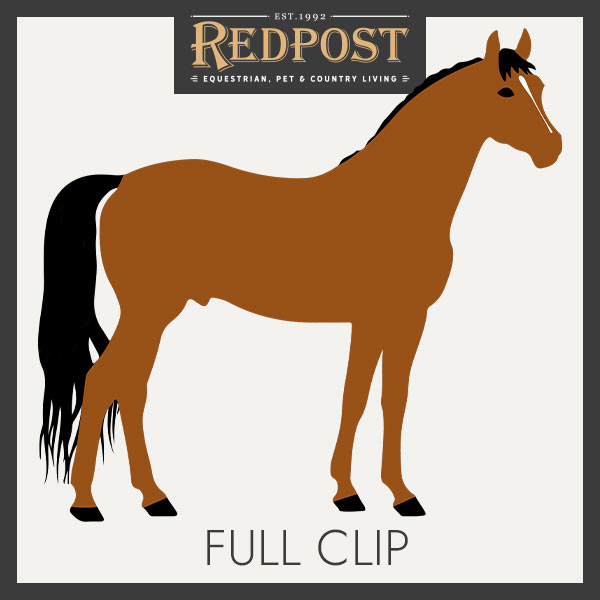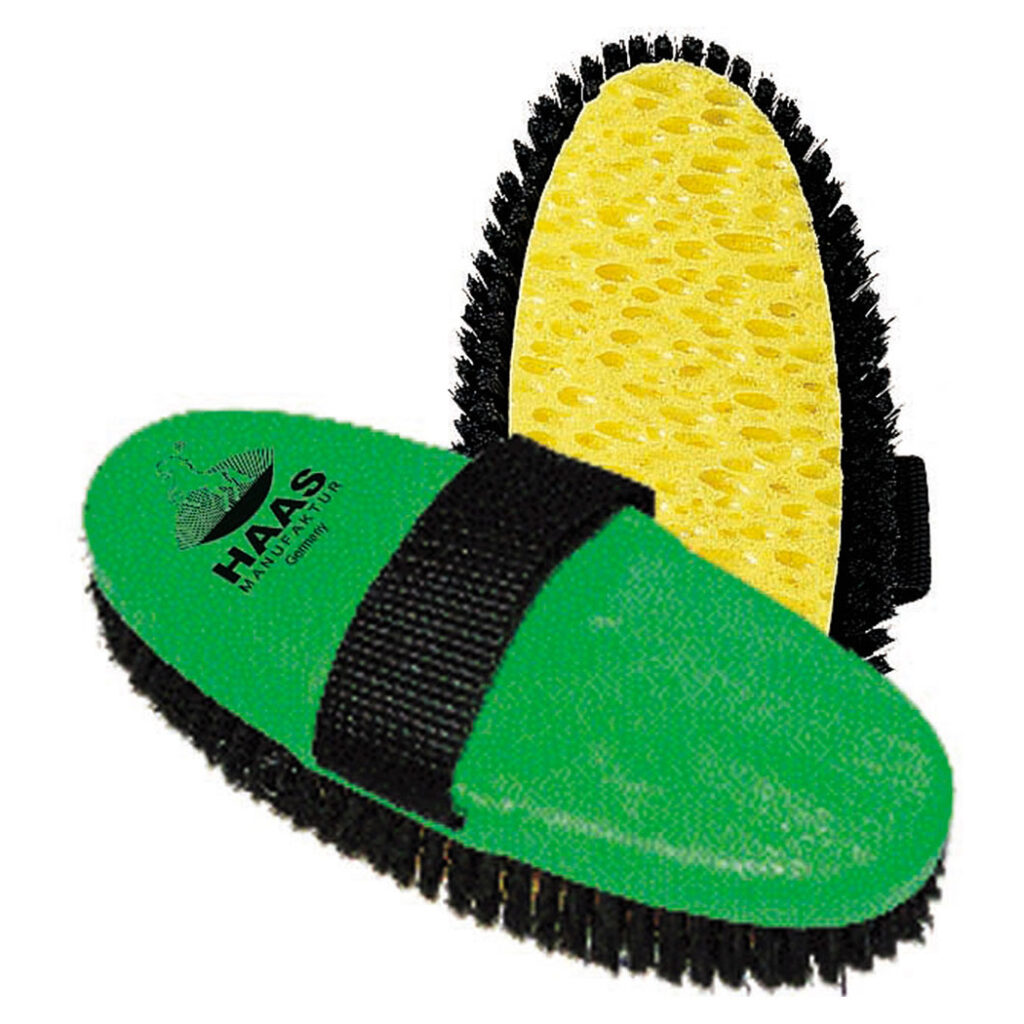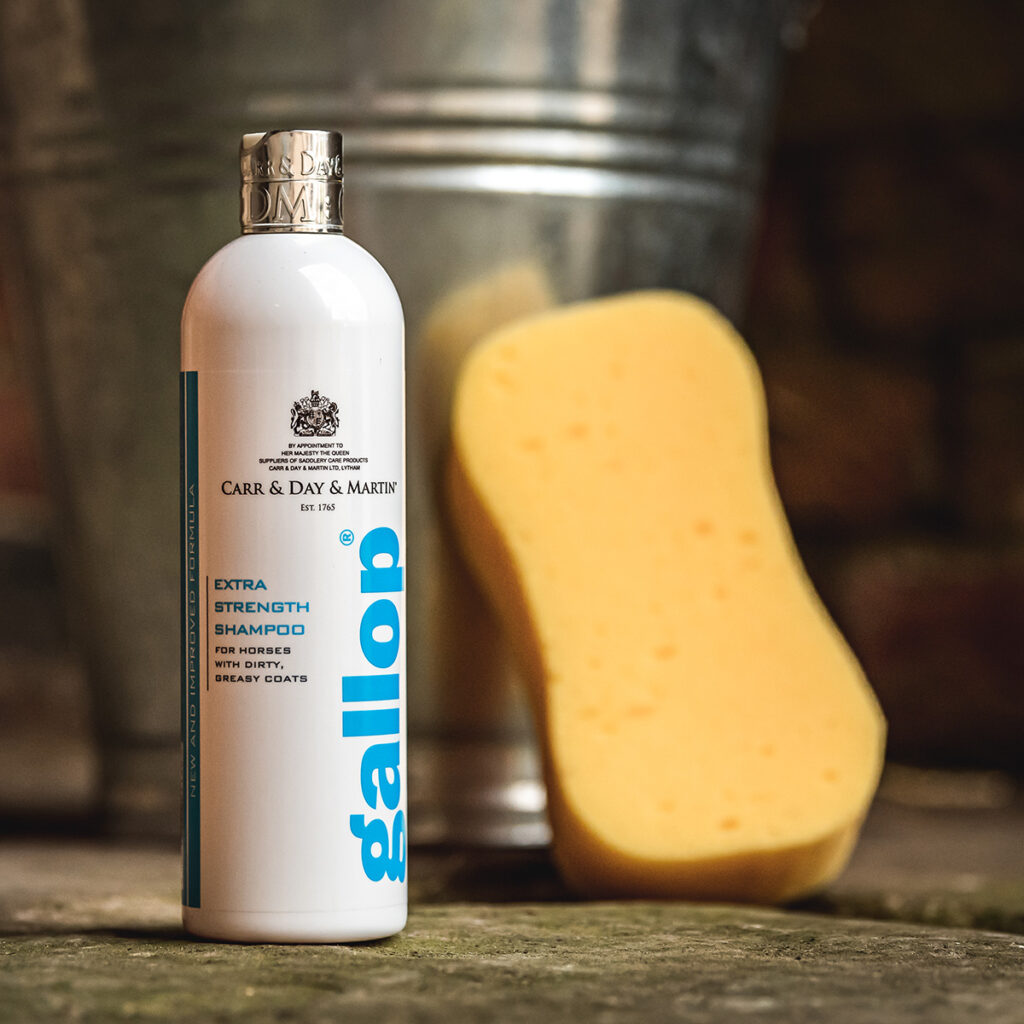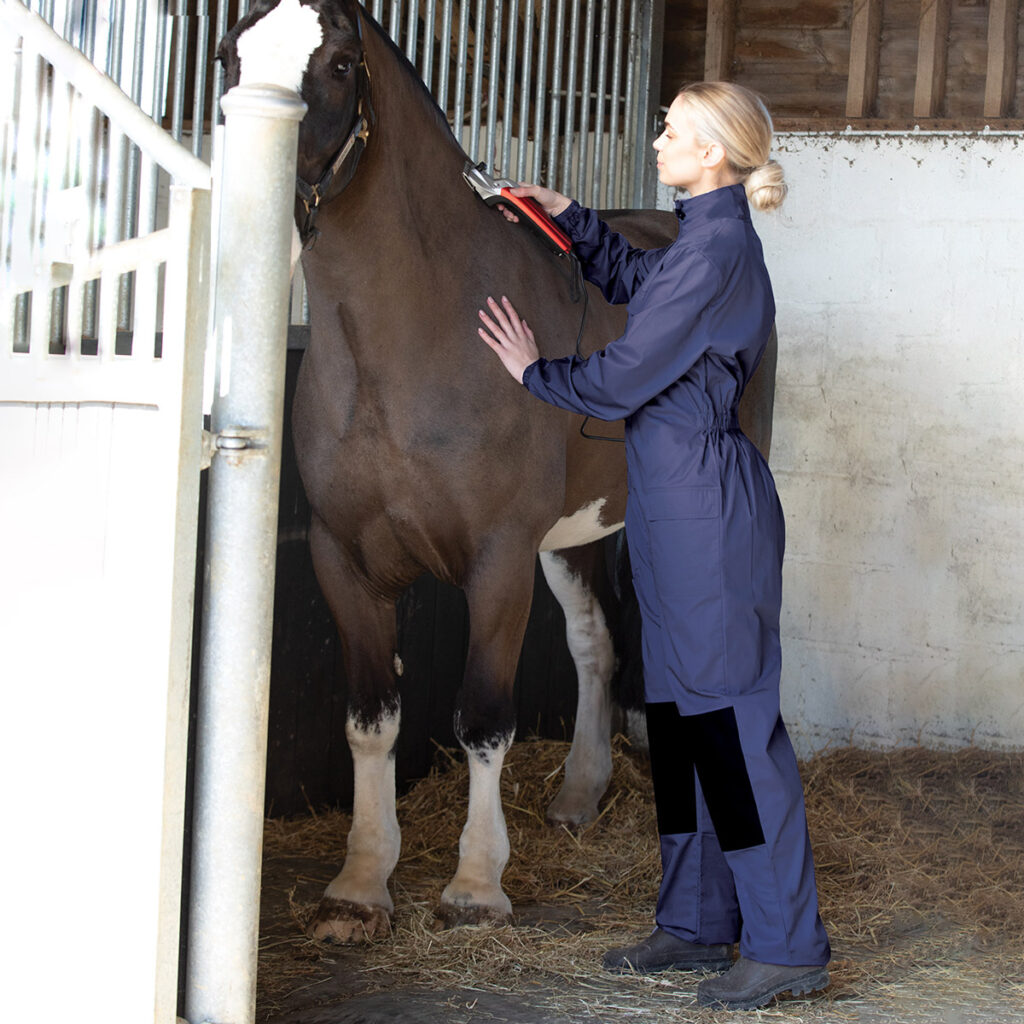Clipping your horse is one of the most important autumn and winter jobs. Whether you love it or hate it, the right clip and equipment can make all the difference to your horse’s exercise routine in the winter.
Why do we clip horses?
Horses are usually clipped during the autumn and winter to allow for comfort while working, and aid rapid cooling and drying after exercise. Long, thick winter coats make drying the horse difficult, so horses that are not clipped may take a long time to dry off after exercise in the colder weather, and may be at risk of ‘catching a chill’. A horse with a thick winter coat that is getting very sweaty may become uncomfortable while being ridden and not able to perform at his best.
Does my horse or pony need clipping?
There are a lot of things to consider when deciding whether to clip your horse, and what kind of clip he needs. If you are unsure, you can ask you instructor, yard owner, or your vet for advice. The general rule is that the more work your horse is doing, the more hair you will want to take off, but some factors to consider are:
- Workload. Is your horse being exercised during the winter? A horse that is not being ridden probably won’t need clipping, while a horse in light work may be happiest with just a minimal clip over the key areas. A horse that is working hard and getting plenty of riding may benefit from a full or hunter clip.
- Living in or out? A horse that is living out during the winter months may benefit from keeping more of his natural coat, whereas a horse who is stabled will be able to cope with having more hair removed.
- Condition. A horse that struggles to maintain weight in winter or feels the cold may be best suited to a minimal clip. A horse who needs to lose weight, or who gets very hot, could be a good candidate for a more drastic clip.
- Age. Very young or old horses are unlikely to be in enough work to need clipping. If you have an older horse with Cushing’s Disease who struggles to maintain a normal coat, you may find that you need to clip in order to keep him comfortable – your vet can advise on what’s best.
- Temperament & excitability. Some horses will react to the winter weather and may be more energetic to ride after a fresh clip! You can help to avoid this by leaving the hair on in key areas such as over the back and quarters.
- Experience. If you and/or your horse are new to clipping, it’s best to start small and go for a minimal clip to start off with. Some horses are more ticklish than others and may need to get used to the new sensation!
What types of clip are there?
There are many different types of clip, and you can always make minor changes to suit you and your horse. The sweatiest areas tend to be the on the neck, belly, elbows, and underneath the saddle and bridle, so you can start with these areas and build up. Remember, you can always take more hair off, but you can’t put it back on!
Which clippers should I buy?
When you’re looking for the perfect clippers for you, there are lots of options to choose from. From wireless to wired and smaller trimmers, we have everything you could need to get the perfect clip!
Some factors to consider are:
- Wired or Wireless? Do you have a mains power supply at the yard? You will need somewhere dry and light to safely use mains-powered clippers. Mains clippers are great because you can clip for longer without worrying about running out of battery, but wireless clippers offer more freedom and may make clipping a nervous horse easier.
- Weight. Lightweight clippers like the Lister Eclipse are easier to hold and will reduce arm fatigue – especially important if you are clipping several horses at a time!
- Size. Smaller hands will find clipping easier with a slimmer body. For slimline clippers that can still handle the job, check out the Lister Star.
- Noise. Nervous, difficult, or inexperienced horses may prefer a quieter clip, especially around the head and neck. The Heiniger Xplorer are designed to reduce noise, and are cordless with a 2-hour run time from a single charge.
- Area. Clipping around the head and legs can be tricky, and a smaller trimmer may be what you need. The Liveryman Nova Trimmers offer an adjustable blade height perfect for trimming hard-to-reach areas.
Customer Clipping Favourites
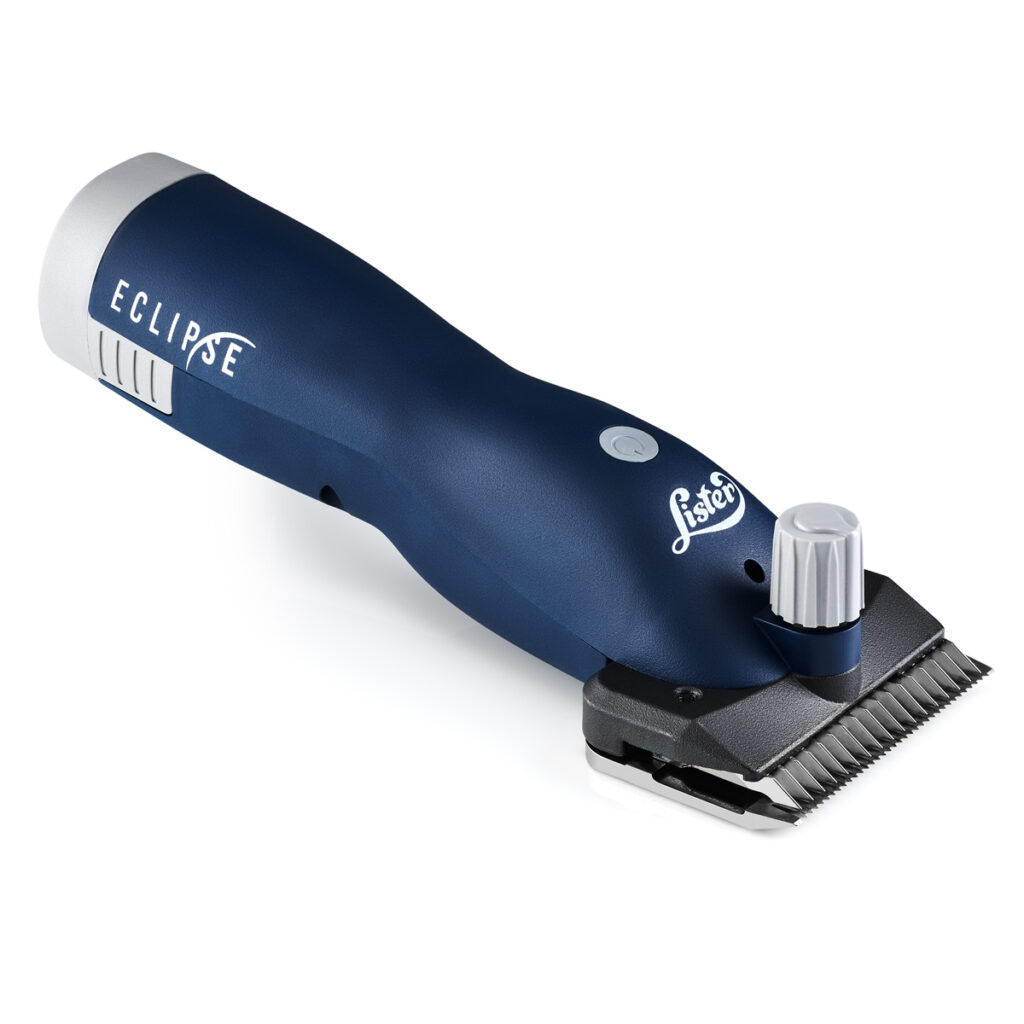
Lister Eclipse Cordless Clippers
These clippers are super lightweight, weighing less than 900g and with a slim body. These clippers are designed to give you greater control and for easy manoeuvring around the horses body, allowing users to move around the most difficult of places.
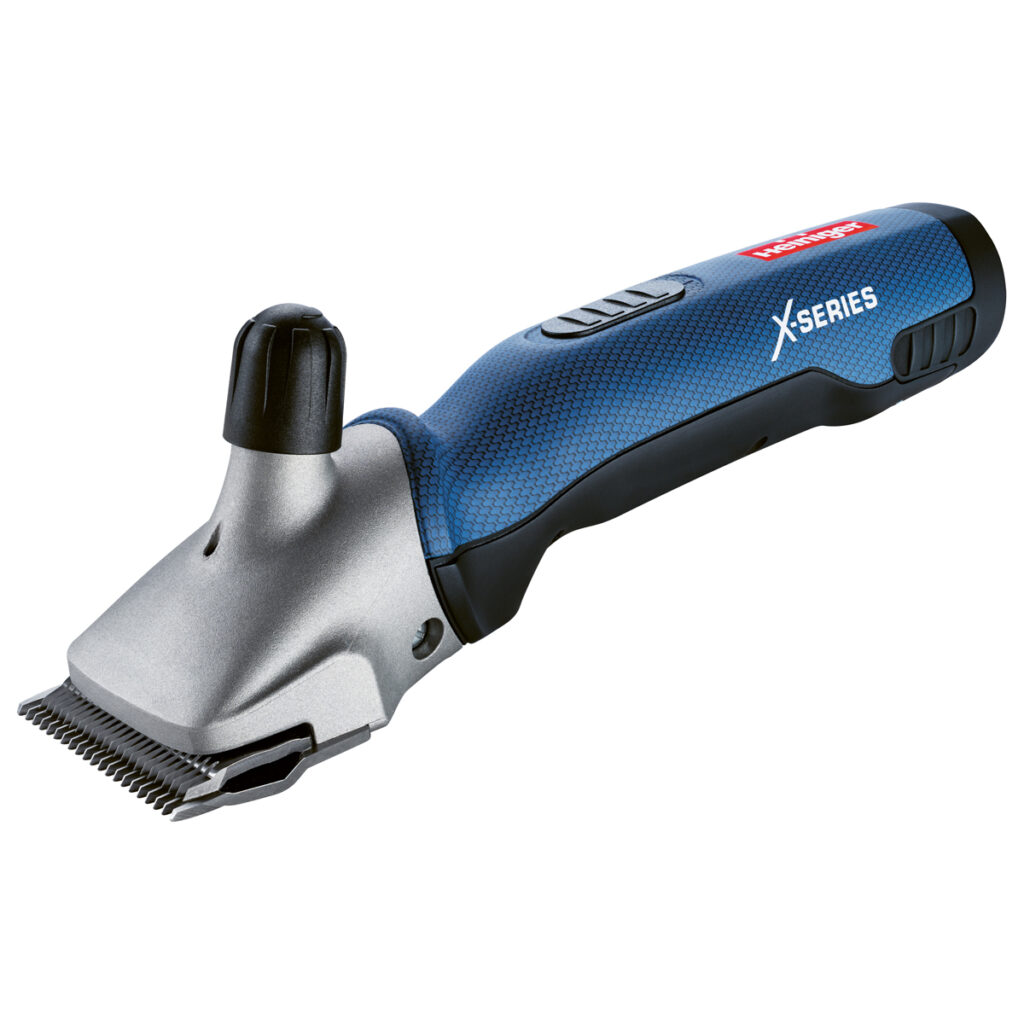
Heiniger Xplorer Cordless Clippers
These quiet-running clippers are perfect for nervous clippers due to the reduced noise. The lightweight body makes them easy and comfortable to hold. The batteries provides up to 2 hours of clipping time and can be recharged, which means no trailing cords or restriction of movement.
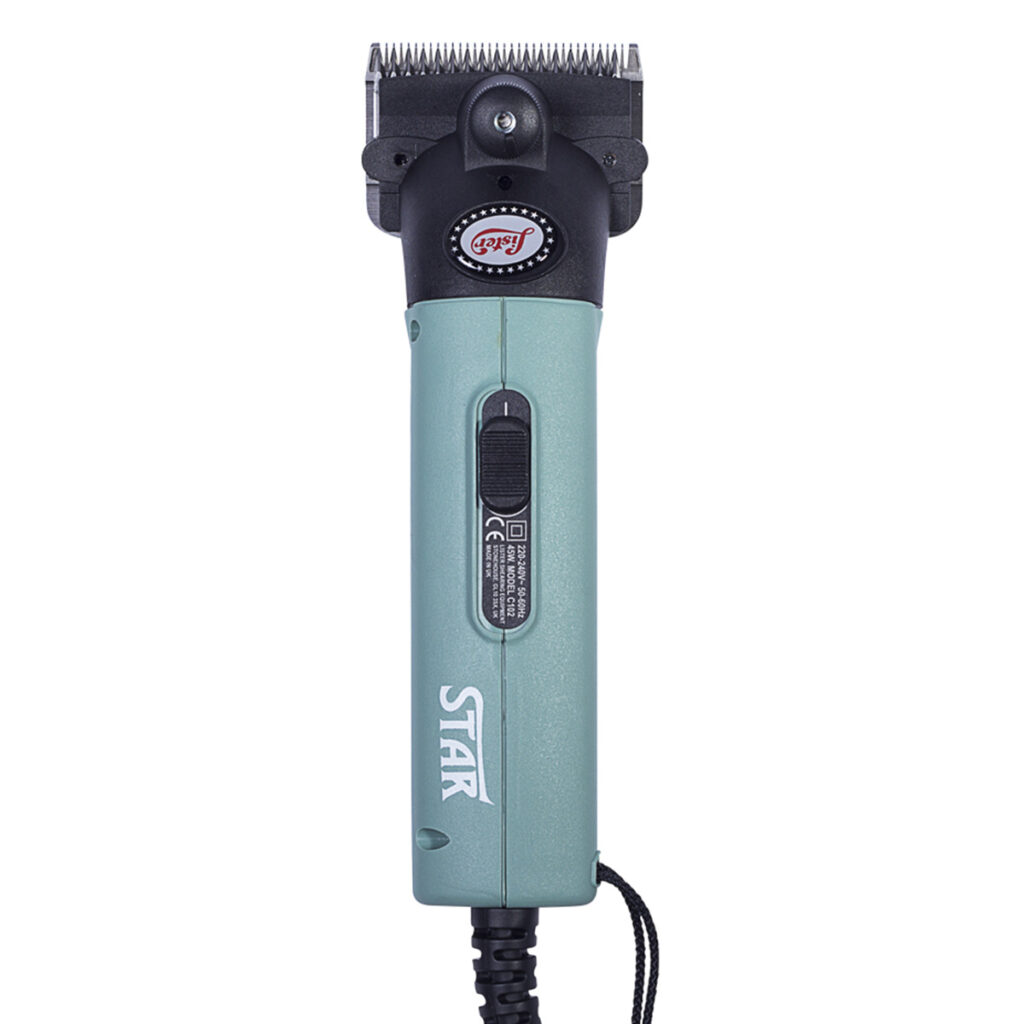
Lister Star Mains Clipper Set
This slimline, lightweight clipper is an ideal start point for those looking to achieve a smart finish for their horse. The Lister Star clippers are powerful, fast and efficient and maintain a constant speed even in thick coats.
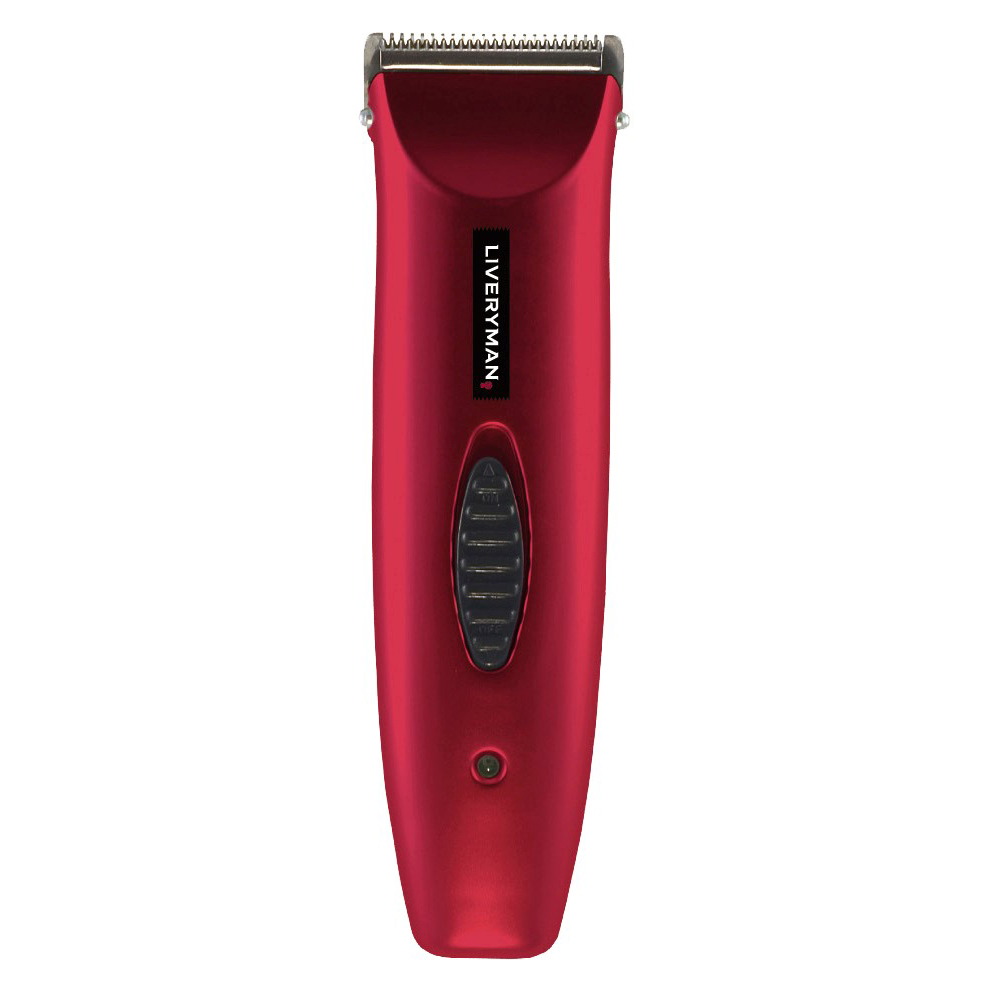
Liveryman Flare Cordless Rechargeable Animal Trimmers
These trimmers are an extremely quiet mains and rechargeable trimmer that is ideal for trimming the face and tidying up awkward, hard to reach areas.
Clipping Top tips
1. A good bath
Horses release oils from their skin constantly, this is easily trapped in their hair especially as it begins to thicken up when their winter coats begin to grow in. These oils are to aid a horse in keeping the hair close to their skin from getting wet and keeping them warm. However, when you clip, these oils and grease are the perfect storm to blunting your clipper blades or to create a patchy clip or puttin an excessive amount of stress on your clippers, which may cause them to overheat. A good bath the night before you clip will help your blades last longer and also reduce the chances of your clip being uneven or full of lines. You need to really get in there and give them a good scrub!
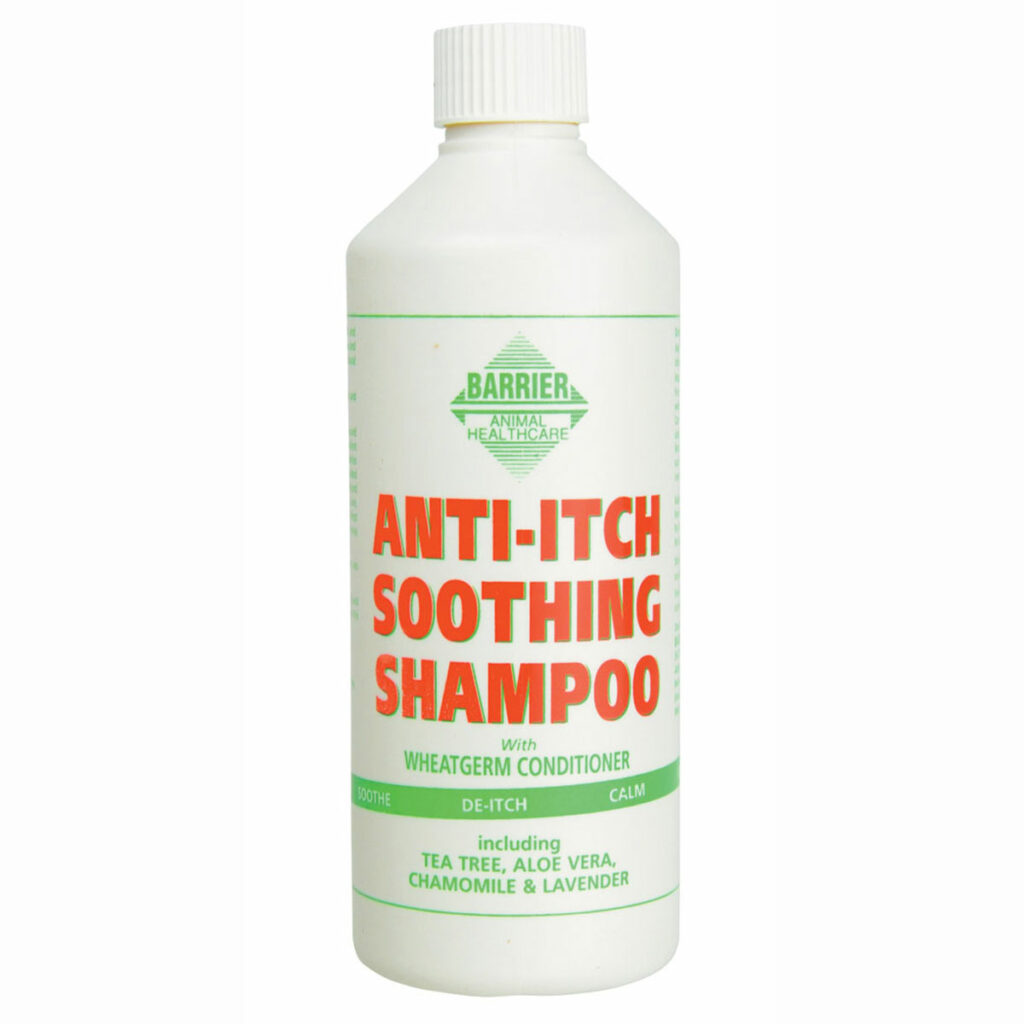
2. Plan ahead
Blunt blades increase the time it takes you to clip your horse, and also make prevent the clippers cutting smoothly which will lead to snags and cuts. They will also heat up so much more quickly, and you will have to stop more often for the blades to cool down. You should always keep a spare pair of blades in your kit, and ensure that your used blades are sharpened regularly. This will also make it a more seamless cut and reduce the chances of there being lines in your clip.
3. Clip in the light & dry
It is best to clip in the daylight or in a well lit area, so it’s easy to see what you’re doing, and to see if you have missed patches. If you start early in the day, this gives you plenty of hours of daylight and ensures you don’t have to rush to finish. It’s important the area is dry to avoid slipping and to prevent damage to your clippers.
4. Clipping suits
Clipped horse hair is particularly hard to wash out of clothes and fabric. It is a very uncomfortable feeling to get clipped hair stuck in your clothes. Clipping overalls are a great way to keep your clothes horse hair free and clean. It can also prevent clipper oils from transferring onto your clothes. At Redpost, you can get 10% off clipping suits when you buy a pair of clippers!
5. Be Patient
If this is the first clip of the season, or your horses first clip ever, it can take some time for them to get accustomed to the feeling and noise again. It is best to go carefully and clip in easy, non-ticklish places like the shoulder to help them get used to the vibrations.
6. Hot Cloth
The loose hair on a horse after clipping can be very itchy for them if left without a groom or wash. A great way to get a shine and remove any grease or loose hairs is by hot oiling them. This has many benefits such as cleaning the coat and keeping the skin moisturised and supple, as well as enhancing its appearance. All you need is a warm cloth and some hot oil to create a super shine and keep your horse comfortable.
7. A Fresh Rug
No one wants to put a dirty rug on a clean, clipped horse, so having a nice clean rug is perfect for when you have finished clipping! Pprepare in advance by sending your rugs for washing, or have a clean stable sheet ready. The Horseware Liner System is a great way to refresh your rugs and keep a clean rug next to your horse’s skin.
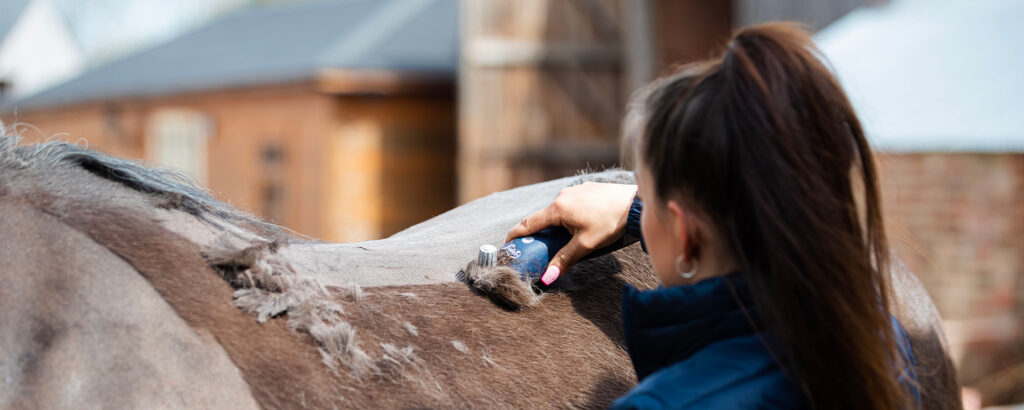
Disclaimer: Clipping horses can be dangerous. Redpost Equestrian recommends this is done only by experienced people, wearing suitable protective equipment. None of the information contained in this article should be considered a replacement for expert or veterinary advice. If you have questions or concerns about clipping your horse, we recommend you seek the advice of a qualified professional.


